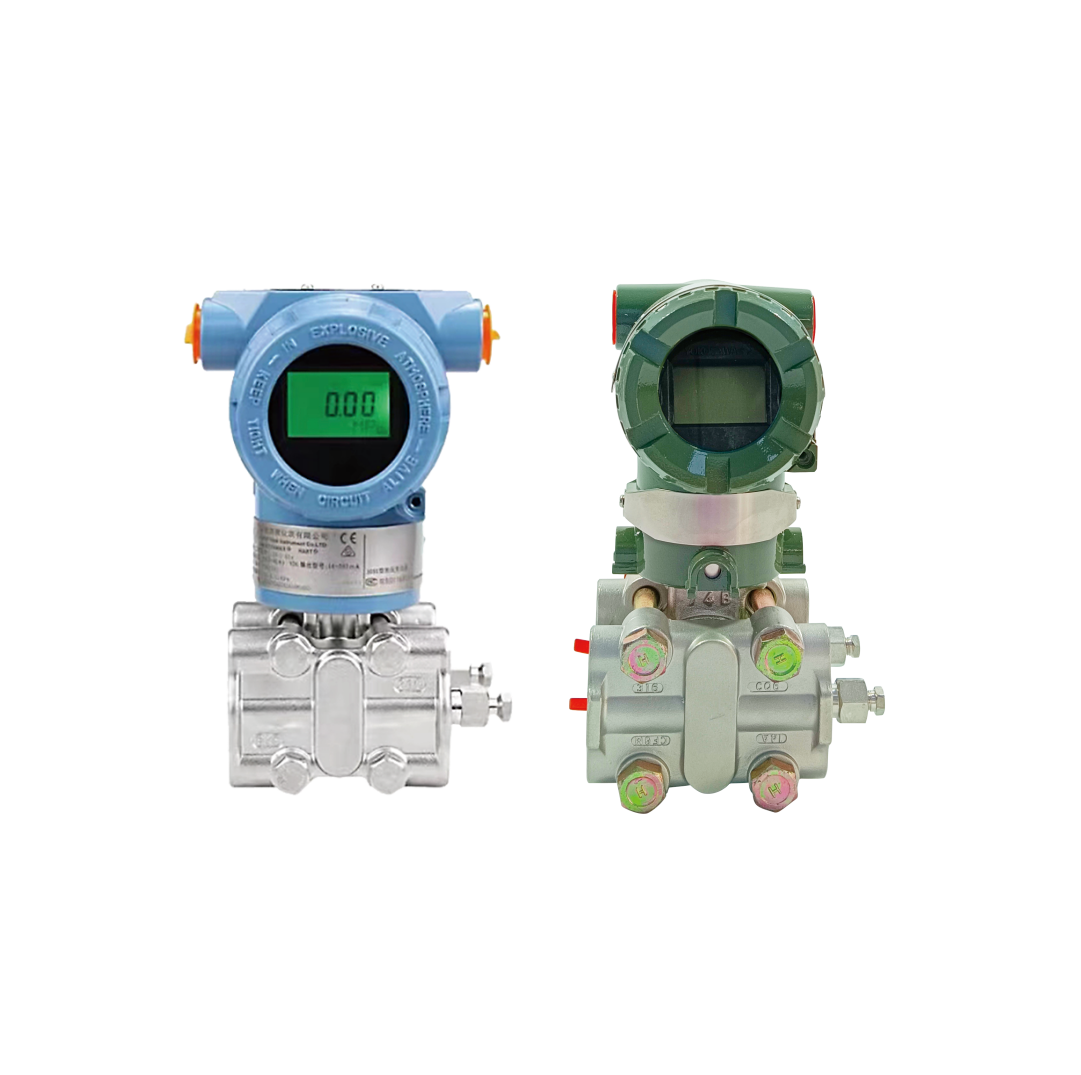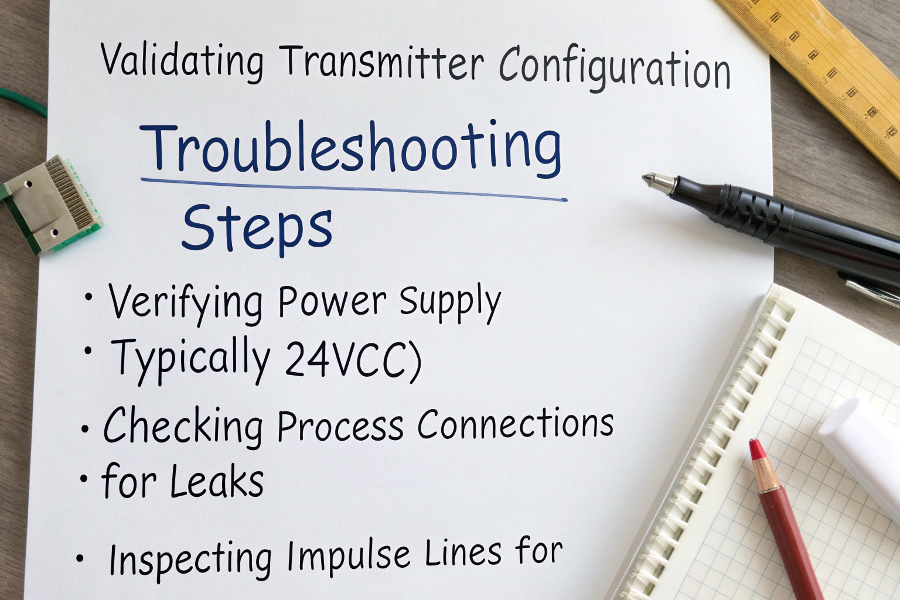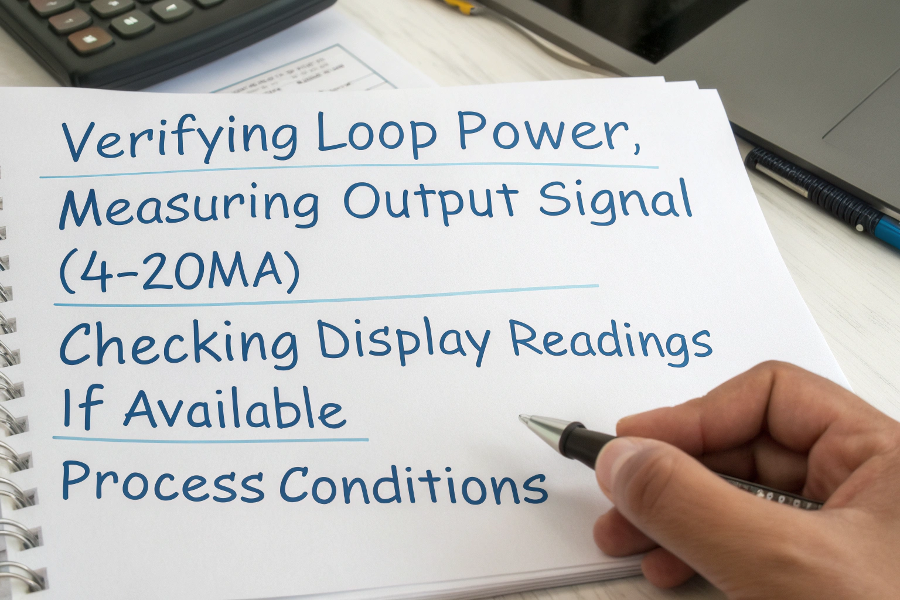Facing issues with DP transmitters can halt production and cause significant losses in industrial processes.
To troubleshoot a DP transmitter, follow a systematic approach: check power supply, verify process connections, inspect impulse lines, validate zero/span calibration, and test output signal.

DP Transmitter Troubleshooting Guide
Let me share proven troubleshooting methods based on my extensive field experience.
How To Troubleshoot A DP Transmitter Step By Step?
Proper troubleshooting requires a systematic approach to identify and resolve issues efficiently.
Start with basic checks: verify power supply (typically 24VDC), check process connections for leaks, inspect impulse lines for blockages, and validate transmitter configuration.

Systematic Troubleshooting Steps
Here’s my detailed troubleshooting approach:
Basic Checks
-
Power Supply Verification
Check Point Normal Range Action Required Supply voltage 24VDC ±10% Adjust power supply Loop current 4-20mA Check loop resistance Terminal connections Tight & clean Clean/tighten terminals Ground connection <1 ohm Improve grounding -
Process Connection Inspection
- Valve positions
- Leak detection
- Connection tightness
- Manifold alignment
Advanced Diagnostics
-
Signal Analysis
- Output verification
- Zero adjustment
- Span verification
- Response time
-
Communication Check
- HART communication
- Configuration parameters
- Error messages
- Device status
How To Troubleshoot A Faulty Transmitter?
A systematic approach helps identify the root cause of transmitter failures.
Check for common issues: incorrect wiring, loop power problems, process connection issues, sensor damage, or electronic failures.

Faulty Transmitter Analysis
Based on my troubleshooting experience:
Common Faults Analysis
-
Electrical Issues
Problem Symptoms Solution Power supply No output Check voltage Wiring Intermittent signal Inspect connections Ground loops Signal noise Fix grounding Short circuits No communication Check isolation -
Mechanical Problems
- Sensor damage
- Diaphragm rupture
- Process buildup
- Mechanical stress
Resolution Steps
-
Diagnostic Tools
- Multimeter usage
- HART communicator
- Pressure calibrator
- Loop simulator
-
Repair Procedures
- Component replacement
- Calibration adjustment
- Configuration update
- Documentation
How To Check DP Transmitter Performance?
Regular performance checks ensure measurement accuracy and reliability.
Perform zero/span verification, check impulse line cleanliness, verify output signal accuracy, and validate process variable readings.
%(percentage)dp-performance-check
 DP Performance Verification
DP Performance Verification
From my maintenance experience:
Performance Verification
-
Calibration Check
Step Action Acceptance Criteria Zero check Apply equal pressure ±0.1% of span Span check Apply known DP ±0.5% of span Linearity Multiple points Within specification Hysteresis Up/down check Within tolerance -
Physical Inspection
- Housing integrity
- Process seals
- Vent/drain valves
- Mounting stability
Documentation Requirements
-
Test Records
- As-found readings
- As-left readings
- Test equipment used
- Environmental conditions
-
Maintenance History
- Previous issues
- Repairs made
- Parts replaced
- Calibration dates
How To Check If A Pressure Transmitter Is Working Or Not?
Quick operational checks can identify transmitter functionality issues.
Verify loop power, measure output signal (4-20mA), check display readings if available, and compare with process conditions.

Transmitter Functionality Test
Based on my testing procedures:
Functional Testing
-
Basic Checks
Test Method Expected Result Power check Measure voltage 24VDC ±10% Output signal Loop current 4-20mA range Display test Visual check Clear reading Response test Pressure change Proper response -
Advanced Testing
- Communication check
- Configuration verify
- Alarm function
- Zero/span validation
Safety Considerations
-
Test Preparation
- Isolation procedures
- Safety equipment
- Tool verification
- Area clearance
-
Documentation
- Test results
- Safety permits
- Operating procedures
- Maintenance records
Conclusion
Effective DP transmitter troubleshooting requires a systematic approach, proper tools, and attention to safety procedures to ensure accurate diagnosis and reliable resolution of issues.
